Perspectives and Opportunities in The Field of E-Mobility

This article gives a definition to the term “e-mobility” and briefly explains the perspectives and opportunities in this field. It also provides an understanding about the future roles of businesses and governments in the expansion of e-mobility.
E-mobility, a broad term is associated with the area of mobilization of masses through electric vehicles, the infrastructure associated with it and the integration of the vehicles with the power grid. This also points toward the recent shift from fossil fuel to electric drive vehicles. The source of electricity can be from a renewable resource. Alternatively, it can be from a home plug working at the back with coal-fired power plants. However, the drive of using renewable energies does prevail in general.
E-Mobility in Numbers
The area itself is quite prospective and is about to grow in the near future. According to the Global Electric Vehicle Outlook 2022 report, electric car sales reached a new high of 6.6 million in 2021, doubling the previous year’s total. China saw the most growth, with sales nearly tripling to 3.3 million, while Europe and the United States also saw strong increases. Electric car ownership on the road reached 16.5 million by the end of 2021. This is triple the amount from 2018. Chinese electric cars are typically smaller, which has helped lower the price gap between them and traditional cars. This is not the case in other countries. Electric car sales have been slower in developing countries. The reasons therefore are, limited options and prices are still too high for most consumers.
Opportunities in E-Mobility
Open fronts in the e-mobility industry, encompasses the production and sales of electric vehicles and the development of charging infrastructure. This gives motivation to investors for investing in this area. Opportunities include affordable electric vehicle manufacturing, deployment of effective charging infrastructure, raw materials production and mining, battery recycling and even government funding opportunities for improvements through industry-academical partnerships. Moreover, sustainability and policies will be the main focus at the government level, whereas business development and sales will be majorly addressed by the private sector.
Conclusion
As a whole, the market for electric vehicles will expand in near future. Consequently, it will present sufficient opportunities for fresh graduates to enter and make their mark and career. If you are interested in engineering and agree about the described perspectives and opportunities in the field of e-mobility, then we highly recommend studying Electrical Engineering.
Do you need help with your electrical engineering studies? Check out our tutors, who are eager to support you.
In order to understand where the roots of e-mobility come from, we highly recommend our Introduction to Mechatronics Online Course.


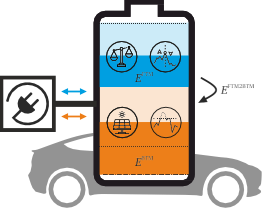
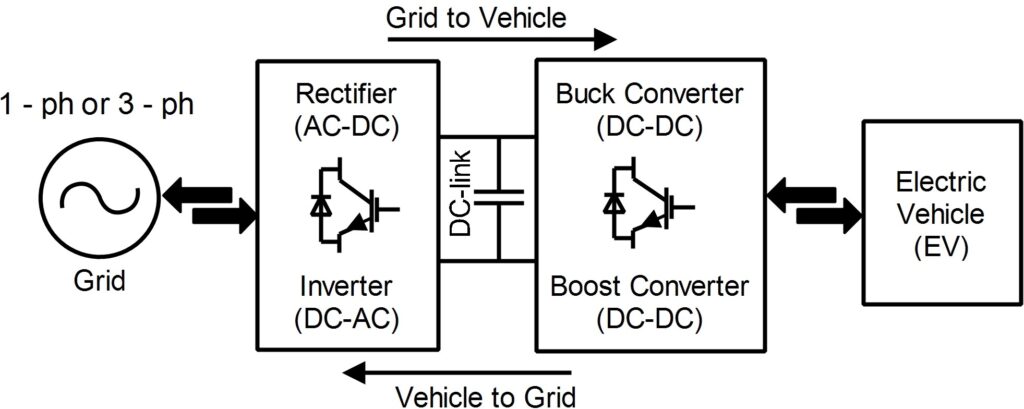
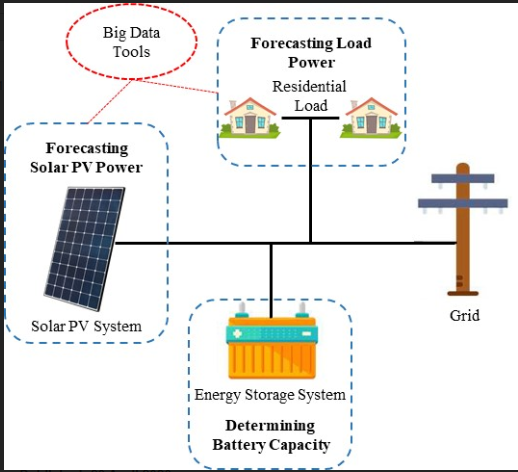
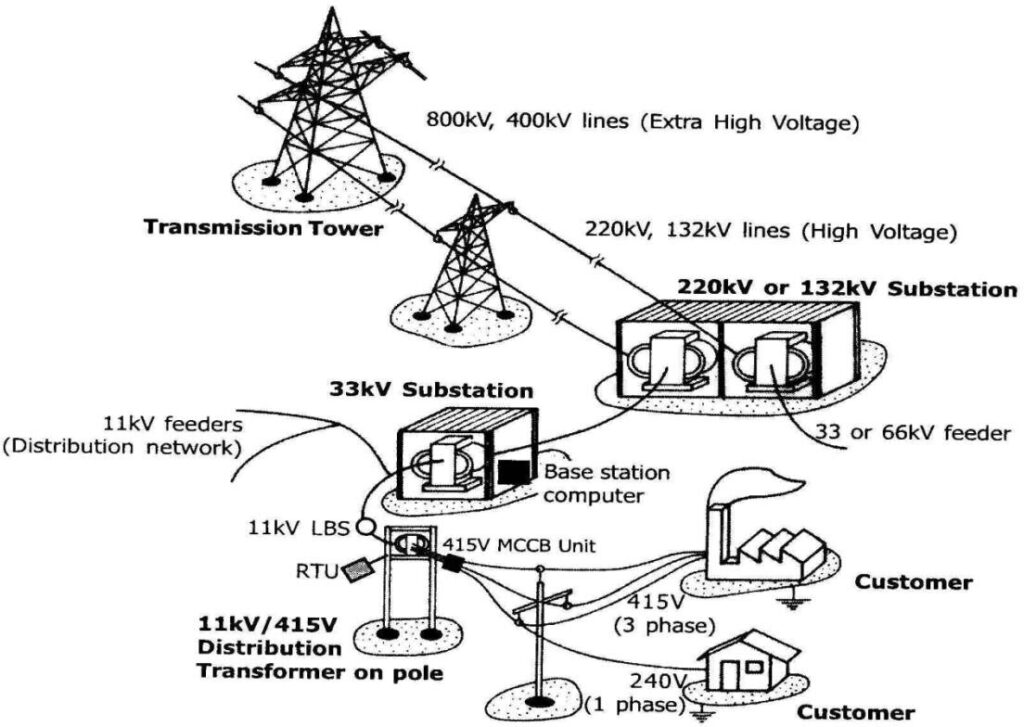
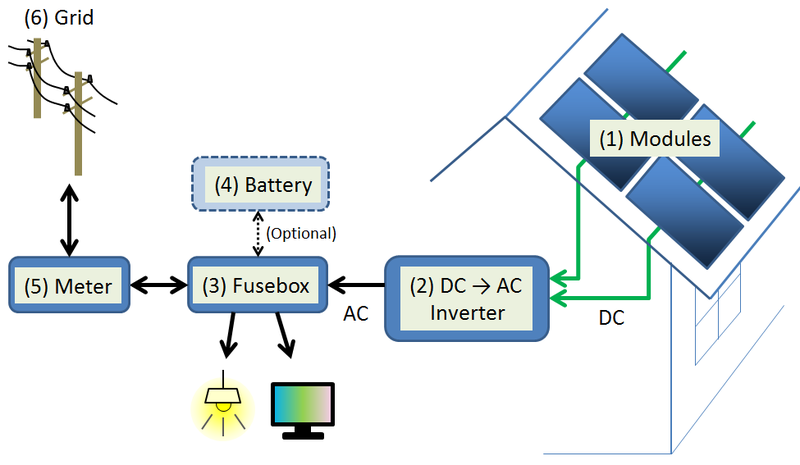

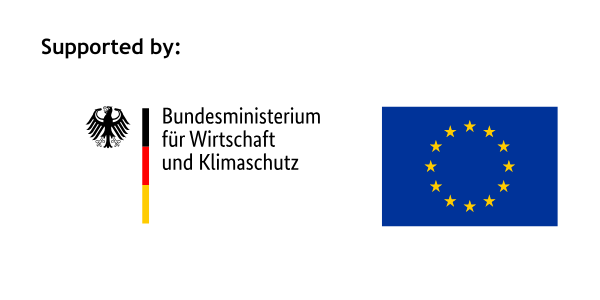
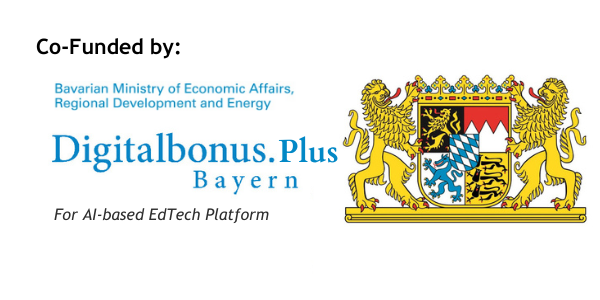



Responses